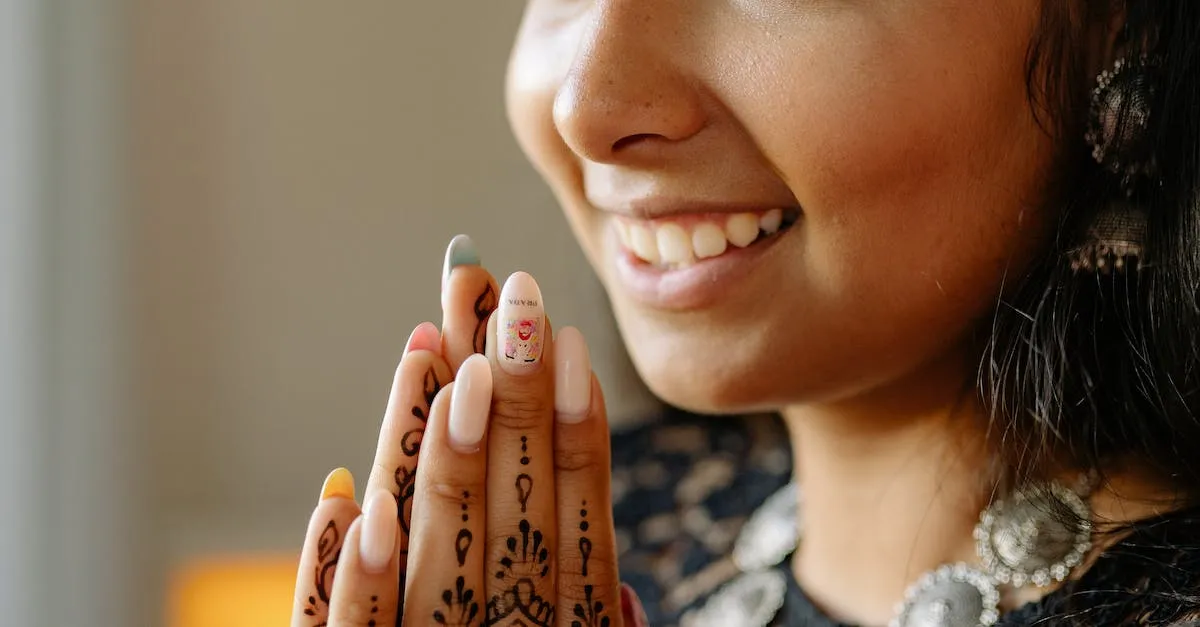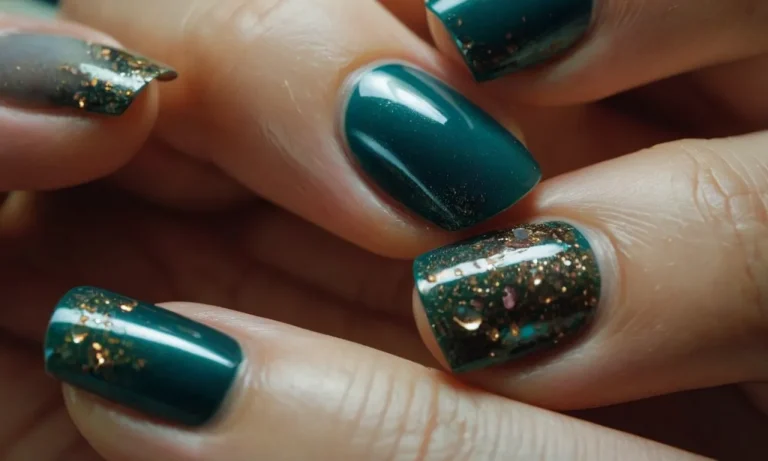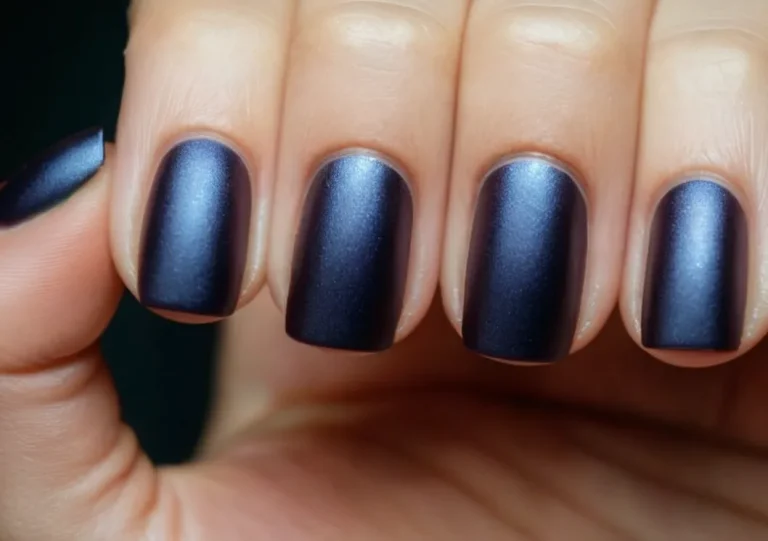Can Nurses Have Long Nails? A Detailed Look
With the recent trend of long, embellished nails, many people wonder if nurses are allowed to sport lengthy manicures. After all, most healthcare facilities have strict dress code policies. If you’re short on time, here’s a quick answer to your question: Generally no, nurses cannot have long nails due to infection control policies and patient safety concerns.
In this comprehensive article, we will examine the research behind nail length policies for nurses. We’ll look at studies on infection risks, review major nursing organization recommendations, and summarize key hospital system regulations.
By the end, you’ll understand the reasoning behind nurse fingernail policies and have the details to make informed choices about your own nails.
Infection Risks of Long Nails
Bacteria Accumulation Under Long Nails
Long nails, especially artificial ones, can harbor harmful bacteria and pathogens underneath them. As a nurse handles patients, equipment, and performs various nursing duties throughout the day, bacteria and other contagions can easily accumulate under lengthy nails that are not adequately cleaned underneath.
According to a 2015 study, pathogenic staphylococci, including the dangerous MRSA, were found under the nails of intensive care unit (ICU) nurses with nail polish or artificial nails. Proper hand hygiene and sanitation is crucial for nurses, and long nails can hinder effective cleaning.
Research shows that healthcare workers with long nails (>2 mm) had higher bacterial loads on their fingertips than those with short nails. The longer the nail, the more surface area there is for germs to cling to.
Bacteria and other microbes can then be transferred to patients, increasing infection risks. Frequent scrubbing underneath nails is necessary, but lengthier nails make this much more difficult. That’s why many healthcare facilities require nurses to keep natural nails short, often less than 1/4 inch long past the fingertip.
Nail Polish and Artificial Nails
Nail polish and enhancements like acrylics or gel nails can also promote bacterial growth when worn by nurses. Cracks and lifting of the polish, common with lengthy wear, create perfect conditions for microbes to multiply.
Water and soap may not adequately reach underneath to clean when nails are coated in polish or false nails. In fact, a study found that nurses with polished or artificial nails carried more pathogens, including dangerous staphylococci and Pseudomonas aeruginosa, on fingers than those with bare nails after hand washing.
For this reason, the CDC recommends healthcare personnel avoid artificial nails and keep natural nails less than 1/4-inch long if working directly with patients at high risk of infections. At a minimum, the polish should be changed frequently.
However, many hospitals and facilities ban artificial and polished nails altogether for their nurses. The risk of transmitting infections due to long, polished nails is considered too high for nurses caring for vulnerable patients like those in ICUs, operating rooms, or oncology units.
Nursing Organization Guidelines
National Council of State Boards of Nursing
The National Council of State Boards of Nursing (NCSBN) provides national leadership to regulate nursing practice and ensure public health and welfare. Their guidelines clearly state that nurses should keep nails short with no sharp edges. Here are some key points from the NCSBN guidelines:
- Nails should not extend past the fingertips. Long nails can harbor germs and bacteria that can be transmitted to patients.
- Nail polish, if worn, should be fresh and free of cracks or chips. Chipped polish can also harbor germs.
- Artificial nails including gel, acrylic, dip powder, shellac, or any additional items applied to the nail are strictly prohibited. These provide a perfect environment for microorganisms to grow.
- Nails should be cleaned and disinfected thoroughly before and after each patient contact.
These guidelines are in place to help minimize the risk of transmitting infections to vulnerable patients in the clinical setting. The NCSBN regularly updates their standards to reflect best practices for infection control.
American Nurses Association
The American Nurses Association (ANA) is a prominent organization advocating for the nursing profession. They provide principles and code of ethics to guide nursing practice. Their guidelines on nails align with the NCSBN:
- Nails should be kept short, cleaned, and well-manicured.
- Artificial nails are prohibited as they harbor microorganisms even after hand washing.
- Nail polish may be worn but should not be chipped.
- During times of outbreaks involving enteroviruses, rotavirus, or norovirus, even nail polish may be prohibited.
The ANA also emphasizes that nail care is part of Standard Precautions and Transmission-Based Precautions recommended by the CDC. Nurses can be role models by exemplifying clean, short nails that promote health and healing.
Hospital System Regulations
Mayo Clinic
The Mayo Clinic, one of the most prestigious hospital systems in the United States, has comprehensive policies regarding nurse fingernails. Their guidelines state that nails must be clean and well-manicured.
Nails should not extend more than 1/4 inch past the fingertip, as longer nails can harbor more germs and bacteria under them, posing an infection risk to patients. Additionally, nail polish is permitted as long as it is not chipped, and artificial nails are prohibited.
The Mayo Clinic recognizes that longer nails can puncture gloves, leading to cross-contamination, so they prioritize patient safety in their regulations.
Cleveland Clinic
Similar to the Mayo Clinic, the renowned Cleveland Clinic also has strict standards for nurses’ fingernails. Nurses may not wear artificial nails, and nail polish must be in good condition without cracks or chips.
Natural nails cannot extend more than 1/4 inch past the fingertip for those with direct patient care duties. For other nursing staff, nails may be slightly longer but must not interfere with work performance or patient safety.
The Cleveland Clinic reinforces that longer nails harbor more germs and can cause tears in gloves, putting patients at risk. They also note that sharp nails can scratch patients’ skin during care, creating another infection concern.
Stanford Health Care
Stanford Health Care, one of the top hospitals in California, prohibits artificial nails for nurses and other direct patient care providers. They limit natural nail length to 1/4 inch past the fingertip for these roles.
Nurses who do not directly interact with patients may have slightly longer nails up to 1/2 inch in length. All staff are expected to keep nails clean. Stanford states that these standards help reduce hospital-acquired infections and promote a safe patient environment.
They also mention that short nails allow for effective hand hygiene and glove use, which is critical in infection prevention.
Considerations for Nurses with Long Nails
Use of Gloves
Nurses with long nails should always wear gloves when performing patient care activities to prevent injury and infection transmission (1). Gloves act as a protective barrier between the nurse’s nails and the patient’s skin.
However, gloves can tear more easily on long nails, so nurses must be vigilant about changing gloves frequently, especially during procedures with sharp instruments. Using double gloves or thicker surgical gloves can help prevent tears (2).
It’s crucial for patient safety that gloves fit properly and are worn correctly covering the nails and changed between tasks.
Vigilant Hand Hygiene
Frequent and thorough hand washing is critically important for nurses with long nails to prevent the spread of infection. Germs can collect under and around long nails even when wearing gloves. The CDC recommends scrubbing hands with soap and water for at least 20 seconds, paying extra attention to nail beds and fingertips.
An alcohol-based hand sanitizer should also be used before and after every patient contact. Since chipped nail polish or acrylics can harbor bacteria, nurses should ensure these are intact or removed (3). Hand hygiene compliance should be regularly audited.
Covering Nail Tips
Sharp nail tips, even if short, can cause skin tears or other trauma during patient handling. Blunting and covering the tips of long nails is essential. Applied nail caps, wraps or gel polish over the tips can round and smooth sharp edges.
Taping fingers or wearing finger cots over nails also protects patients. However, these techniques make hand hygiene more difficult, so should not replace vigilant glove use and handwashing. Nurses should also clip hangnails which can hook skin and remove any rough or jagged edges by filing.
While long nails are not optimal for nursing practice, vigilance and adaptation allow nurses to maintain longer nail length safely. However, patient well-being must always come first. If issues arise, nurses should reconsider shortened or blunted nails to provide the highest quality care.
Open communication with managers and compliance with facility policies creates a culture of safety.
Conclusion
While most major healthcare organizations prohibit nurses from having long nails, a small nail length may be permissible. Nurses should check with their employer policy and take precautions, like diligent handwashing and glove use, if they choose to have longer nails.
Above all, patient safety should be the priority.
We’ve examined the research showing risks of infection transmission with longer nails as well as standards from nursing groups and hospitals. Hope this helps provide a detailed explanation so you can make informed choices about your own nail length as a nurse.







